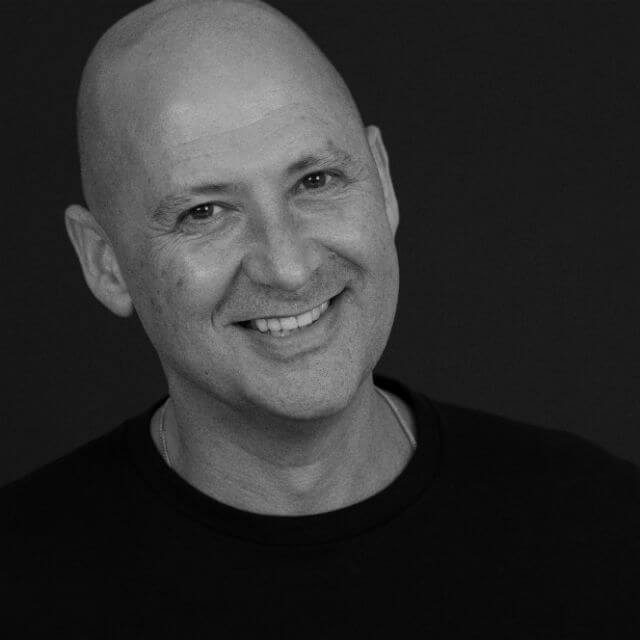Many of us had walked past this building with a relatively plain and unadorned façade. Located right next to Plaza Singapura, the MacDonald House was actually the first office building in Southeast Asia to be wholly air-conditioned and it represented the prevailing optimism and confidence in post-war Singapore. Image Credit
MacDonald House was named after Malcolm John MacDonald, who was Governor-General of Malaya and later, Commissioner-General of Southeast Asia. Constructed between 1948 and 1949. It was built for the new branch office of Hong Kong and Shanghai Banking Corporation (HSBC). The ten-storey building boasted an air-conditioning system that not only cooled the entire building but also allowed individual temperature control in every room – a revolutionary feature at that time in Southeast Asia.
When it was completed, MacDonald House was one of the tallest buildings in Singapore and a prominent landmark on Orchard Road, which was then predominantly lined with shophouses. In addition to HSBC’s branch office, it housed mainly British, American and Australian companies. It also housed EMI's recording studios, used by local bands during the 'pop yeh-yeh' period. It also had private apartments on its highest levels.
The building was built in 1949, and designed by Reginal Eyre of architectural firm Palmer & Turner, one of the longest established and one of the best known architectural firms in Southeast Asia, having been formed in Shanghai circa 1882. The building was built in a Neo-Georgian style. An open well runs through the building, allowing natural light into the inner offices. There are six skylights in the ceiling of the banking hall which thus needs no artificial lighting during the day. Green glazed Chinese tiles were used to lay the building’s flat roof.
Two tall marble columns, carved and polished in Singapore by skilled Indian craftsmen, stand on either side of the entrance. The iconic red façade with white window frames is a characteristic of Neo-Georgian architecture, which was popularised in the mid-twentieth century. Special sand-faced bricks from the local Alexandra Brickworks were used to finish the building’s exterior walls. Although HSBC is no longer housed in MacDonald House, there are many elements that serves as reminders of its occupancy.
On the front façade is a large plaque embossed with the bank’s logo, which comprises the United Kingdom’s royal coat of arms above an image of three men and two Chinese junks. Two projecting balconies flank the logo, each bearing a HSBC monogram. Another interesting feature is the old night safe just beside the main entrance. In the past, clients could make deposits via the night safe even after the bank’s opening hours.
However the building is best remembered as the target of a tragic bombing during the Indonesian-Malaysian Konfrontasi (Confrontation). Between 1963 and 1966, Indonesia launched a series of guerrilla attacks in Malaysian states to express its opposition to the formation of Malaysia. At the beginning, the Indonesian Konfrontasi consisted of only sabotages and raids in Sabah and Sarawak. By 1964, however, Indonesia began infiltrating Singapore and the Malaysian peninsula.
At 11 am on a Wednesday, 10 March 1965, two Indonesian marine commandos - Usman bin Haji Muhammad Ali and Harun bin Said – wearing civilian clothes, infiltrated illegally into Singapore from Java. They had been instructed to bomb an electric power house but instead headed to MacDonald House. They planted a nitroglycerin bomb near the lift on the mezzanine floor of MacDonald House and fled the scene on a bus. For the 150 employees working at HSBC that afternoon, many of them were closing their accounts and preparing to leave the office at 3 pm.
As the clock struck 3:07 pm, a deafening explosion ripped through the building, sending shockwaves through the offices and everything within a 90 meter radius. Shattered glass were sent flying from the windows, cars parked near the building entrance were blasted apart, and passersby were flung several metres onto the road from the impact. There was chaos everywhere, rubble buried the ground floor, and the elevator has been completely incinerated. The explosion killed three innocent civilians and seriously injured 33 others.
Three days later, a bumboat pilot found the two Indonesian commandos in Singapore waters, holding onto a floating plank. The vessel they had been travelling in to escape had capsized. The bumboat pilot rescued them and handed them to the marine police. When captured, the pair were in civilian clothes, not army uniforms. This became an issue during their trial.
They claimed to be prisoners of war, but Senior Crown Counsel Francis Seow said they were merely "mercenary soldiers" who had been paid S$350 to carry out a particular assignment. As they were in civilian clothes and had targeted a civilian building, the men were tried for the murder of the three people who died in the blast. They were sentenced to death on 20 Oct 1965.
In the meantime, Singapore gained independence and left the Malaysian Federation on 9 August 1965, just five months after the bombing. In March 1967, the then President of Indonesia, Sukarno, who had initiated the Konfrontasi, resigned from the presidency. A clemency plea by Suharto, who assumed the position of President, was rejected. The Singapore Embassy in Jakarta was ransacked on the day of the saboteurs' hanging in Changi Prison on 17 Oct 1968.
Bilateral-relations between Singapore and Indonesia remained tense. Bilateral relations improved after 1973, when the then Prime Minister Of Singapore Lee Kuan Yew, in a visit to Indonesia, visited the graves of the two marines and scattered flowers on them, followed by Suharto's visit to Singapore in 1974.
In 2014, Indonesia named one of their warship KRI Usman-Harun after the two hanged commandos. This worsened bilateral ties between Indonesia and Singapore. In response, Singapore cancelled a series of planned inter-military activities and banned the warship from its ports and naval bases and also withdrew its delegation from an international defence meeting, after two Indonesian men at the event were seen dressed in uniform. General Moeldoko, Indonesia's military chief, apologised for the naming of the ship, which was accepted by Singapore in a statement by Singapore Defence Minister Ng Eng Hen which he later clarified that the "apology" was that the naming of the ship was irreversible.
The building is now home to global advertising conglomerate McCann Worldgroup, beauty and wellness empire Expressions International, and other companies. It was gazetted as a national monument in 2003, and on 10 March 2015, 50 years after the day of the bombing, a memorial was unveiled across the road at Dhoby Ghaut Green. It pays tribute to the victims of the tragedy and honours the veteran soldiers and volunteers who defended Singapore through the Konfrontasi era.
The next time you are nearby to the MacDonald House, spend a moment to remember it’s eventful past.














